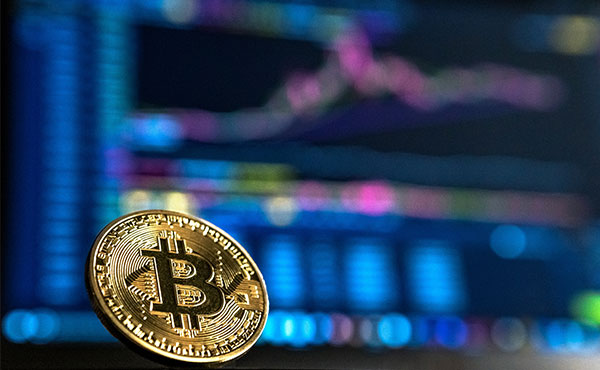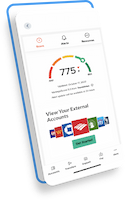We exist in a day and age that is defined by digitalization. Where we once asked ourselves what we could do with the internet and mobile apps, we now ask what can’t we do? We can order food, hitch a ride, and even bank via apps. What’s next? Well, perhaps the most innovative concept to erupt from the endless chasm that is the internet over the past decade: cryptocurrency.
Does the concept of cryptocurrency seem a little cryptic? If it does, don’t worry! You’re not alone. Quontic will help break it down, bit by bit.
What is it?
Cryptocurrency—aka digital cash, aka electronic cash, aka bitcoin—is an internet-based means of exchange founded upon cryptography to perform financial transactions. Cryptography is a form of math used to write and solve codes.
According to Blockgeeks.com, cryptocurrency is hyper-secure because, contrary to the traditional banking system, it’s “not secured by people or by trust—but by math. It is more probable that an asteroid falls on your house than that a bitcoin address is compromised.” Instead, cryptocurrency functions inside a unique peer-to-peer system. This system enforces a laissez-faire—or a “hands-off”—philosophy “in that digital cash is entirely unregulated by the government.
How does that work?
Cryptocurrency forgoes government regulation but does not go unchecked. Instead, the entire network of peers within a cryptocurrency database monitors transactions. In other words, whenever someone performs a transaction, all users within the database are notified, and their records are updated. That’s step one.
The next step is the transaction confirmation. Confirmation plays a crucial part in fortifying the integrity of a cryptocurrency network. If a transaction goes unverified, it can be forged, and a forged transaction is unalterable.
It’s a miner’s job to validate a transaction. A miner is a person with specially modified computers who must solve cryptologic puzzles to confirm a transaction. Once a miner verifies the transaction, it becomes a part of a blockchain: “an incorruptible digital lender of economic transactions,” as defined by Don and Alex Tapscott.
What can you do with cryptocurrency?
Since cryptocurrency may be used as a form of payment, you can exchange it online for goods and services from vendors who accept digital cash.
You can also buy and sell (with and for standard, government-issued money) cryptocurrencies for investment purposes. This process is similar to buying and selling stocks on the stock market.
This article only scratches the surface of cryptocurrency. As a relatively new concept, there is more to be learned about digital cash that is sure to come to light as its popularity ascends media attention.





